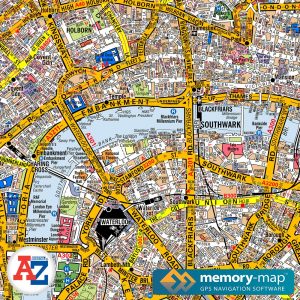The diagram below is an IELTS writing task 1 diagram about sand dune formation. This appeared in the IELTS test in December, 2018 (academic paper).
This diagram was particularly challenging because of the similarity in the three diagrams and the lack of words given. People were concerned about paraphrasing and repeating vocabulary. There is a link to download this in pdf below the diagram.
IELTS Diagram: Sand Dune Formation 2018
The diagram has not been published by IELTS, it was recreated by an IELTS candidate and also confirmed by another. This means it might vary from the actual diagram in the test but the essentials will be the same and it will still provide much needed practice with such diagrams.

- Source: IELTS Liz (reported by IELTS candidates)
- Download above diagram pdf: IELTS Diagram Sand Dunes 2018
Sand Dune Diagram Model Answer
The diagrams illustrate the formation of a sand dune from sand particles. Overall, the three stages of formation show that sand particles are driven by the wind over dry ground to gather on wet ground where they collect and create sand dunes.
The first diagram shows how sand particles are blown by the wind over the dry sandy ground and two areas of wet ground. This is then followed by the second diagram in which it can be seen that as particles of sand continue to be carried by the wind along the ground, some of the particles start to adhere to the first patch of wet ground in separate piles.
The sand particles which have been transported by the wind, as illustrated in the final diagram, eventually gather en masse over the area of wet ground, piling one on top of the other until they form a sand dune. The accumulation of so many sand particles is so large that the dunes, once formed, can deflect the wind, forcing it up one side of the dune and down the other. As this happens, particles of sand start gathering and piling up in the next area of wet ground.
Tips
- Your overview must be clear and contain all key features. It is the most important statement in your whole task.
- The overview contains key features and summarises the whole diagram into one statement. Take the keywords and create on long statement which explains the diagram.
- The overview can be put together with the introduction in one paragraph, but it still forms a statement on its own. Do not split your overview. You cannot have an overview and another general statement in a different part of the report. You need to collect all summarising statements together and write them as one overview.
- If you only state that there are three stages, this would be considered a limited overview which is a features of band 6 Task Achievement. You need to add more than just a number of stages.
- You only paraphrase where possible. Some words cannot be paraphrased, such as sand, dune, wind etc. Words such as “blown by the wind” = “transported by the wind” & “carried by the wind”. Choose which words you will and won’t paraphrase.
- You should be using a mixture of active and passive voice to describe a diagram or process.
- Even though there are three diagrams, does not mean you need three body paragraphs. Be flexible.
- The word count of this writing is 199. You do not need to write that much, but do make sure you write over 150 words.
- Use linking and sequencing words: overall, followed by, as illustrated, eventually, as this happens
I hope you found it useful to see this diagram, model answer and tips 🙂
All the best
Liz










